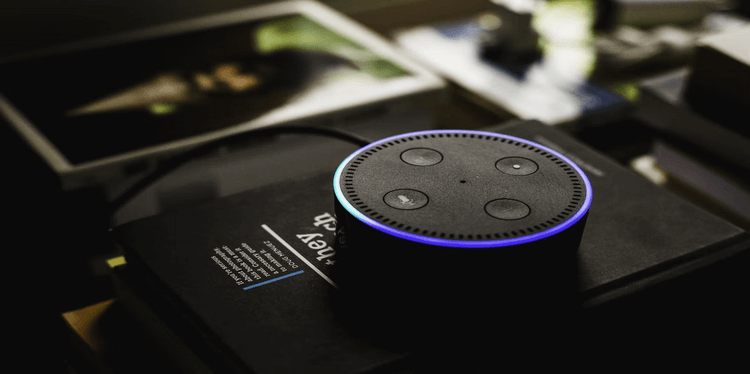Page Contents
IoT based Smart Home Automation System
The recent advancements in the Internet of Things (IoT) have led to the development of various smart home automation systems. These systems allow users to remotely control various home devices and appliances via a mobile application or web interface. One of the main benefits of these systems is that they provide greater convenience and efficiency compared to traditional home automation methods. For instance, users can easily schedule when certain appliances should be turned on or off. Additionally, these systems can also help users save energy by automatically adjusting the settings of devices based on the user’s current location and preferred temperature. In light of these advantages, it is not surprising that IoT-based smart home automation system is becoming increasingly popular among homeowners.

Home automation application provide a great way to manage your home from your smartphone or tablet. You can use them to turn on and off lights, adjust the temperature, and even unlock your doors. They can also provide a convenient way to keep track of your energy usage. Some applications even allow you to create custom schedules for your appliances. With automation applications, you can completely control your home’s environment, no matter where you are.
Internet of Things Home Automation
The Internet of Things (IoT) is a web of physical gadgets, home appliances, home appliances, vehicles, and other items embedded with software, sensors, electronics, and connectivity, enabling these devices to connect and exchange information. The IoT revolution has given rise to smart homes, where appliances and devices are controlled remotely via the internet. Smart home automated systems use IoT technology to give homeowners greater control and convenience over their living environment. Some common features of IoT-based smart home automated systems include remote control of lighting and appliances, energy management, security and surveillance, and climate control. You can find out more about IOT solutions here. By integrating these various functions into a single system, homeowners can enjoy greater peace of mind and an enhanced quality of life. In the future, it is expected that more and more homes will be equipped with smart home automated systems as the technology continues to evolve. By making devices in the home smarter and more connected, home automation using IoT can make life even more convenient and secure.
Applications of Home Automation
There are many potential applications for home automation systems. One common use of IoT based home automation is for security, such as automatically locking doors and windows when no one is home. It can help to deter burglars and keep your family safe. Other security-related features include monitoring systems that can monitor activities inside and outside your home and send alerts if anything suspicious is detected. Home automation systems can control lighting, temperature, and other environmental factors. It can improve energy efficiency and comfort while reducing your monthly utility bills.
In addition, many home automation systems now offer the ability to remotely control appliances and other devices via a smartphone or tablet. It can be handy if you forget to turn off the coffee pot before leaving for work or want to make sure the oven is turned off while you’re on vacation. As you can see, there are many potential applications for home automation systems. Choose the most important features and enjoy the convenience and peace of mind of knowing your home is always under control.
How Does An IoT-Based Home Automation System Work?
An IoT-based home automation system uses a combination of hardware and software to automate tasks in the home. The hardware consists of sensors, actuators, and a controller. The sensors collect data about the environment, such as temperature, humidity, and light levels. The actuators perform tasks such as turning on lights or opening doors. The controller is the system’s brain, receiving data from the sensors and sending commands to the actuators. The software ties everything together, providing a user interface and connecting the hardware to the internet. When used together, these components can automate many tasks in the home, making life easier for everyone involved. Thanks to IoT, home automation is becoming more and more commonplace.
IoT in smart homes can be used for various purposes, from monitoring energy use to providing security. By installing sensors and devices connected to the internet, homeowners can keep track of what is happening in their homes even when they are away. It can be very useful for detecting issues early on and preventing them from becoming bigger problems.
In addition, it can also help homeowners save money by automatically adjusting settings based on usage patterns. For example, a smart thermostat could lower the temperature when no one is home and then raise it again when someone is about to arrive. By making small changes like this, homeowners can significantly reduce their energy bills.
Conclusion
Home automation is not a new concept. Home automation systems were too expensive for the average consumer in the past. However, with the advent of the Internet of Things (IoT), home automation has become more affordable and easier to use. A smart home automated system can control various devices, from lights and appliances to security systems and thermostats. Users can create custom routines and schedule tasks using a mobile app or voice assistant. With a few taps on their smartphone, they can turn off the lights, lock the doors, and set the thermostat to their desired temperature. In addition, smart home automated systems can also provide homeowners with peace of mind by sending alerts if a security breach or an appliance is not working properly. The IoT has revolutionized home automation, making it more accessible and convenient.